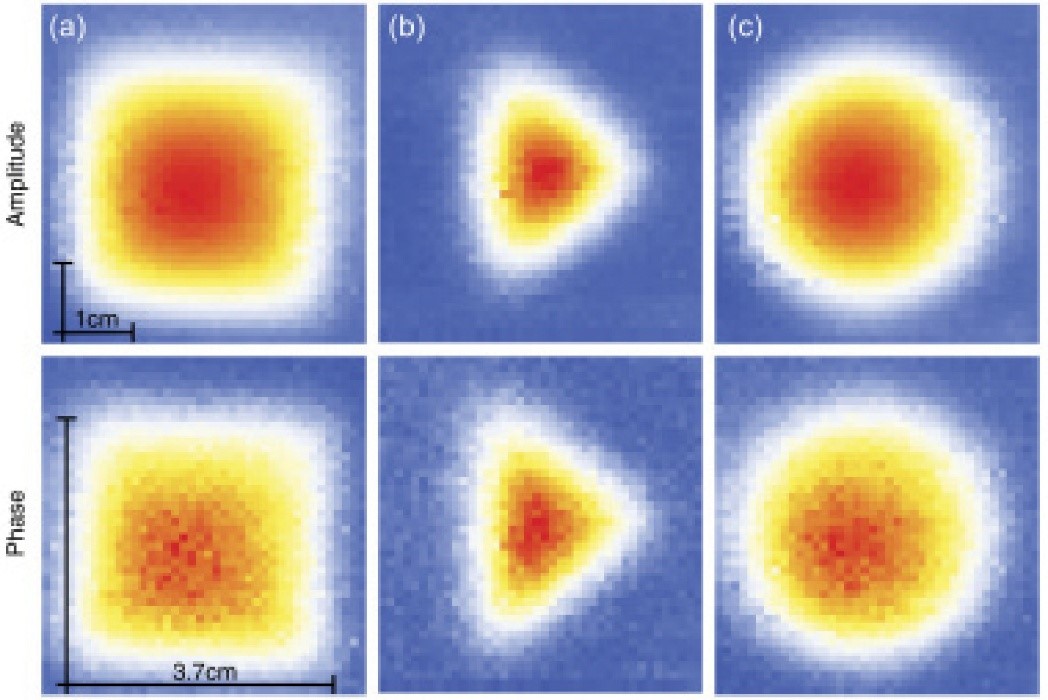Electromagnetic induction imaging with atomic magnetometers: Coming of age
Published 26 September, 2025
Electromagnetic induction imaging (EMI) is a well established imaging technique, developed over several decades. It has been widely used to assess cracks in metallic structures and to detect and localise buried metallic objects. In its standard configuration, EMI’s remit of application is severely restricted by the poor sensitivity of the sensing coil at low frequency. This prevents the exploration of interesting applications where low-frequency operation and/or extreme sensitivity is required, such as through-barrier imaging or imaging of human organs. The demonstration in 2014 of the use of an atomic magnetometer (AM) as sensor for EMI completely changed this scenario, and opened up new perspectives for EMI, as atomic magnetometers maintain their extreme sensitivity at low frequency. This review article examines the state-of-the-art of EMI-AM and discusses challenges and opportunities of the technology in many sectors, from medicine to security and industrial monitoring.
